
BaldMike70
gamer level 5
3547 xp
3547 xp
followers
11
11
Use my invite URL to register (this will give me kudos)
https://boardgaming.com/register/?invited_by=baldmike70
profile badges




recent achievements

Professional Grader
Grade 200 more reviews or tips by clicking "Yes" or "No" in response to the question "Was this helpful?"
Grade 200 more reviews or tips by clicking "Yes" or "No" in response to the question "Was this helpful?"

Gamer - Level 5
Earn Gamer XP to level up!
Earn Gamer XP to level up!

Cooperative Game Explorer
Explore 10 games in the Cooperative Games Collection. view the collection >
Explore 10 games in the Cooperative Games Collection. view the collection >

Petroglyph
Explore select games by completing a series of exploration actions. learn more »
Explore select games by completing a series of exploration actions. learn more »
Player Stats
Critic (lvl 2)
555 xp
555 xp
Explorer (lvl 2)
682 xp
682 xp
Professor (lvl 2)
372 xp
372 xp
Reporter (lvl 1)
242 xp
242 xp
About Me
Hi! I've been a gamer most of my life, but I really developed my hobby when I began playing Pen & Paper RPGs in the late 80's. I've played tons of RPGs, CCGs, Miniature games, card games and board games. Tabletop games and P&P RPGs are my passion!
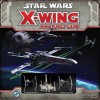
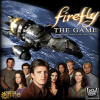
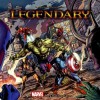



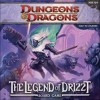



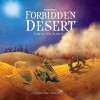
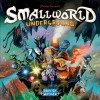

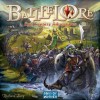


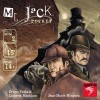








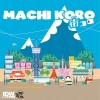














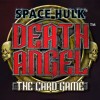



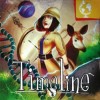
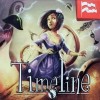

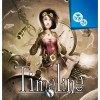









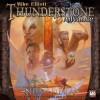






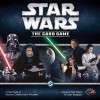


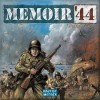
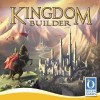

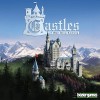
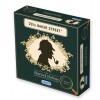





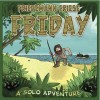



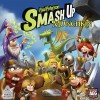





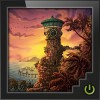
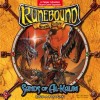

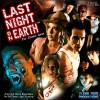

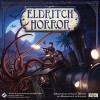











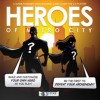
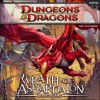
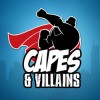

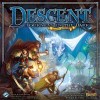



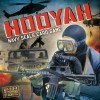






Legendary: Dark City
This is a review of a product that has been out since last year so if Legendary has been a favorite game of yours, you probably don’t need to know my opinion. On the other hand, if you still haven’t tried out Marvel’s Deck Builder or maybe tried only the base set, then this review may appeal to you?
In Legendary, the players each draft a deck of Shield Agents and Marvel’s Heroes to combat an assortment of Villains before a Mastermind has the chance to achieve a fiendish Scheme. The assortment of Heroes in the base set ranged from Avengers to X-Men to Spider-Man. This gave a good number of the hottest heroes from the Marvel movies. Missing, however were many of the Near-Street level heroes and villains from Marvel New York.
In Dark City, the Legendary set is expanded to include many fan favorites, including Marvel Knights heroes like Daredevil, Elektra and the Punisher as well as their enemies such as Kingpin. The set also has more X-Men such as Ice Man and Jean Grey as well as X Force heroes like Cable and Domino and their enemies Mister Sinister, Apocalypse and Stryfe. Just in case you want even more for the base heroes to do, the Emissaries of Evil bring a lot of staple Marvel Villains to the game, like Electro.
Game play in the Legendary game has been improved by including hidden Bystanders with good or bad effects. This makes rescuing them a little more uncertain but often times worth it. As another benefit, many of the heroes are cheaper allowing players who only have one measly point of Resource left someone they can still recruit. The base game had plenty of times in which a player would have to waste an unused point of Resource because the heroes in the base game all cost at least 2 points!
The best aspect of the expansion to me, though is simply the widening of the number and kind of heroes available and the increase in Schemes to confront. A few of the Schemes are really tough (maybe too much so) but others are a welcome addition.
Overall, this is a MUST HAVE for any fan or potential fan of Marvel Legendary!